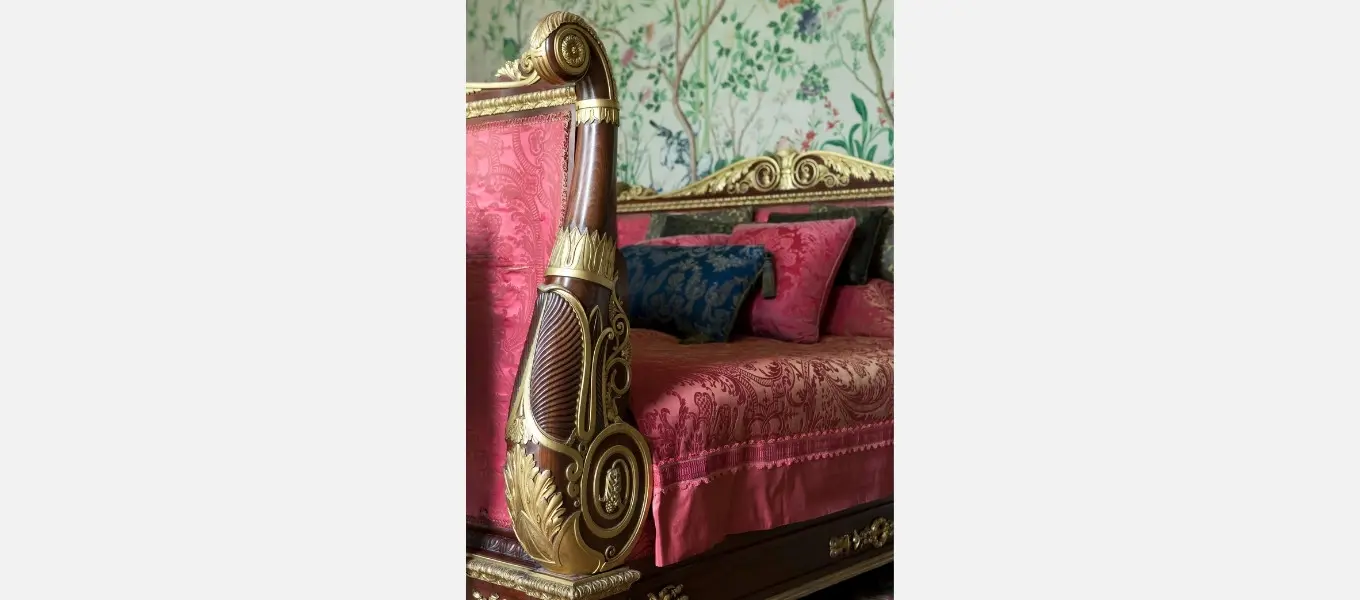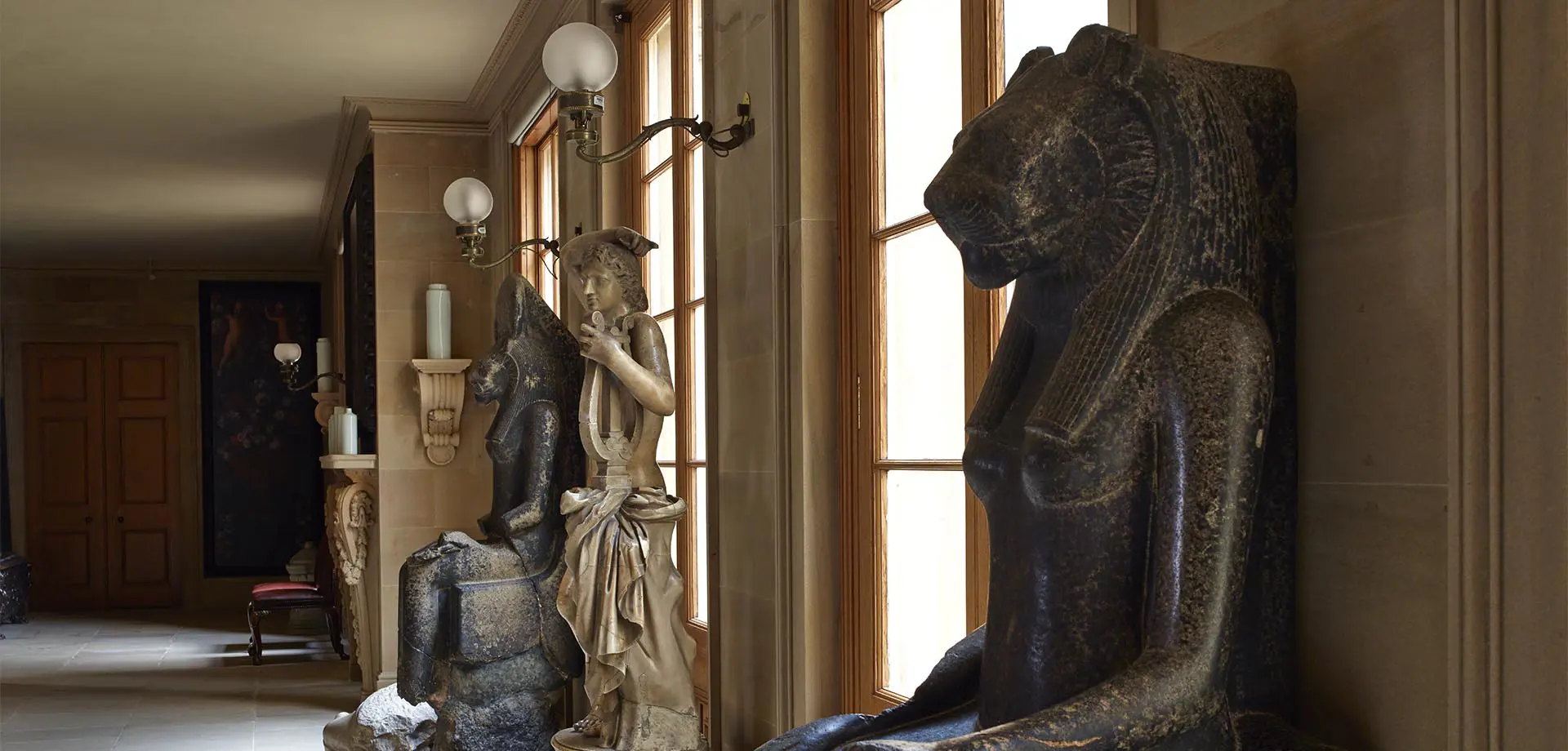On the 4 November 1922, Hussein, a young water carrier, uncovered the entrance to a previously undiscovered tomb; the boy was working alongside archaeologist Howard Carter’s team. Carter had been working in Egypt’s Valley of the Kings since 1914 on behalf of George Herbert, Lord Carnarvon, and this excavation was a last ditch attempt to uncover remains of significance, previous digs having been disappointing.
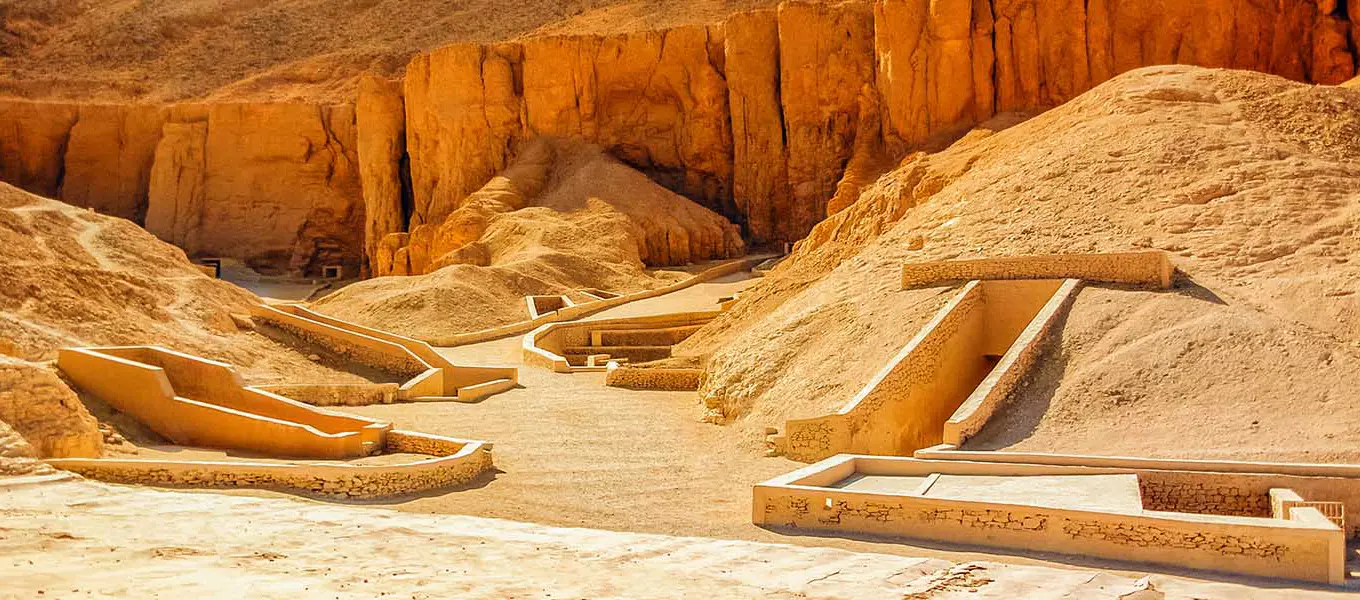
After contacting Carnarvon to alert him of the discovery Carter and team re-covered the entrance and waited for Carnarvon to arrive, on 26 November the tomb was opened, the content of which led to Carter’s now almost legendary statement that the tomb contained “wonderful things”.
The discovery of what would prove to be the tomb of the boy-pharaoh Tutankhamun would unleash a wave of Egyptomania on the world. Tales of curses inspired books and films whilst the objects themselves were reflected in fashion, jewellery and object d’art and the collecting of antiquities both privately and for museum collections. Many of these acquisitions are regarded as problematic today, as nations such as Germany, Great Britain and France profited from their sale.
This was however the second period of Egyptomania, the first occurring after Napoleon Bonaparte’s 1798 campaign in Egypt, his troops occupying Egyptian territory to defend French trade interests.
Artists and amateur archaeologists began to travel to Egypt, entranced by tales of sculptures and temples emerging from the desert sands and along the river Nile.
Chatsworth has several pieces of sculpture brought from Egypt just after the early wave of Egyptomania, two sculptures of the goddess Sekhmet and several engraved stele, or funerary tablets.
The granite figures of Sekhmet, the goddess of war and healing are over three thousand years old and were once part of an avenue of more than seventy figures in a temple complex dedicated to Mut, daughter of the Sun god, Ra.
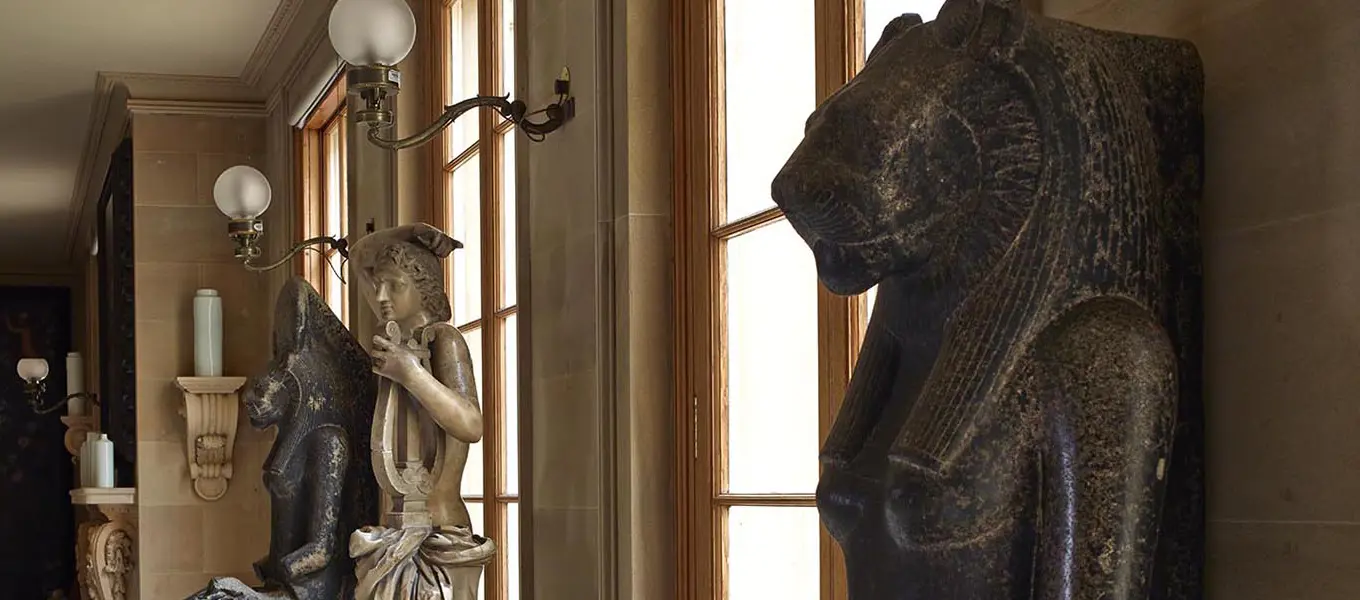
Sekhmet was also a daughter of Ra, and, as is usual, is depicted lion headed and seated in the Chatsworth sculptures. In one of the pair she is complete with a sun disk on her head denoting her parentage and holding the ankh, the symbol of life.
The sculptures were acquired by William 6th Duke of Devonshire in 1832 for £150 from the traveller and explorer William John Bankes via London based dealer Mr Adron and were initially placed in the garden and only moved into the house more than a century later. Today the figures can be seen on the chapel corridor.
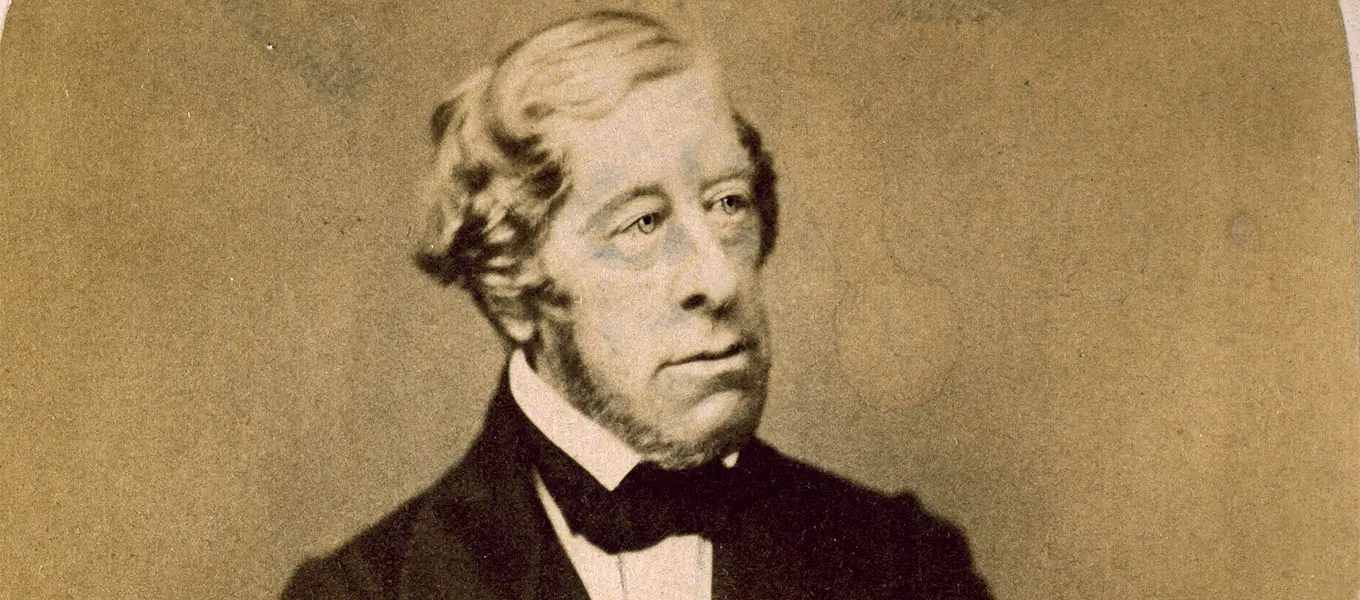
Two stone stelae (funerary plaques), are dedicated to Renu and Nektioke. Each are carved with a scene depicting the men and their wives and children making offerings whilst text describes their lives and dedication to their gods.
The plaques are between three and four thousand years old and would once have been displayed near the tomb of the deceased and may have been painted in bright colours. They were excavated between 1817 and 1835 by Giovanni d’Athanasi a greek-born, Egypt based professional acquirer of Egyptian art and artefacts.
Stele Of Nektioke and Stele of Renu
Several pieces of furniture in the collection are ornamented with lotus flowers and other stylised motifs. The 6th Duke renovated the guest rooms in the late 1820’s, around the time he acquired the four pieces of sculpture, suggesting that Napoleon’s campaign over thirty years before had sparked an enduring interest in Egyptian inspired interiors.
